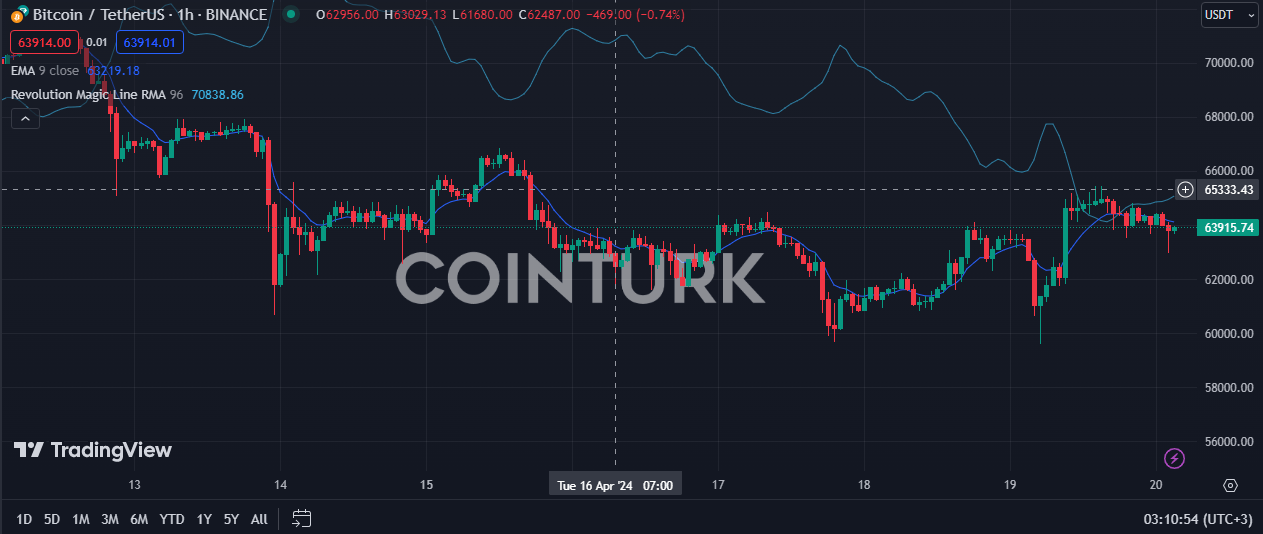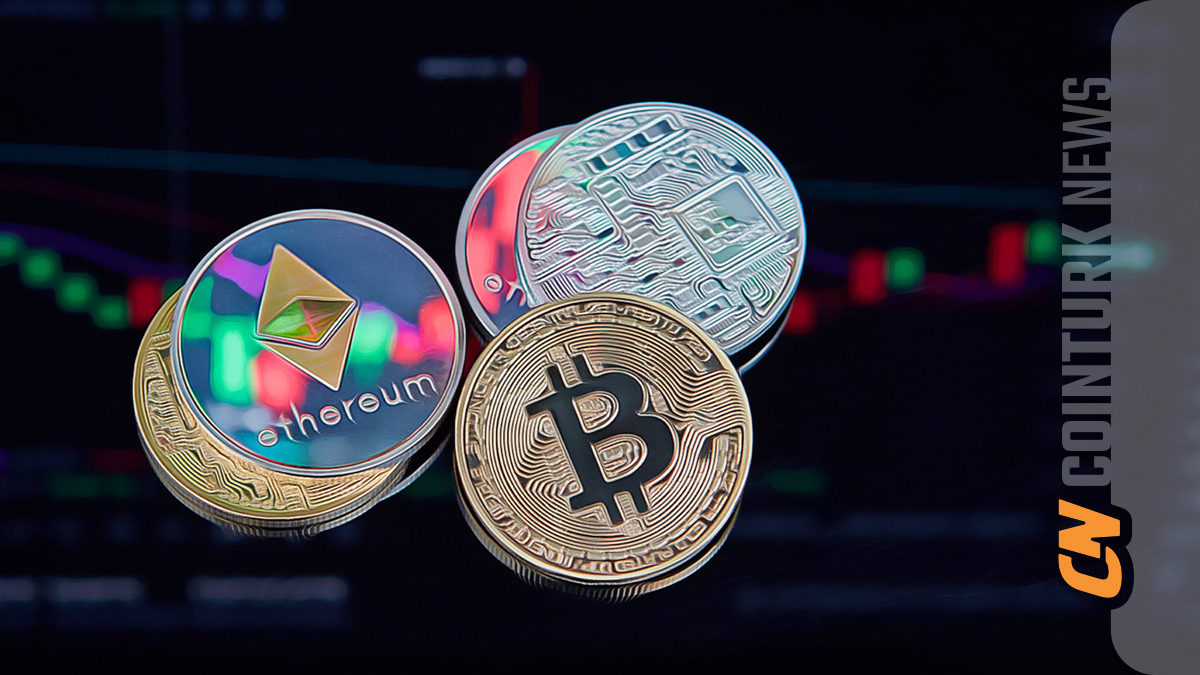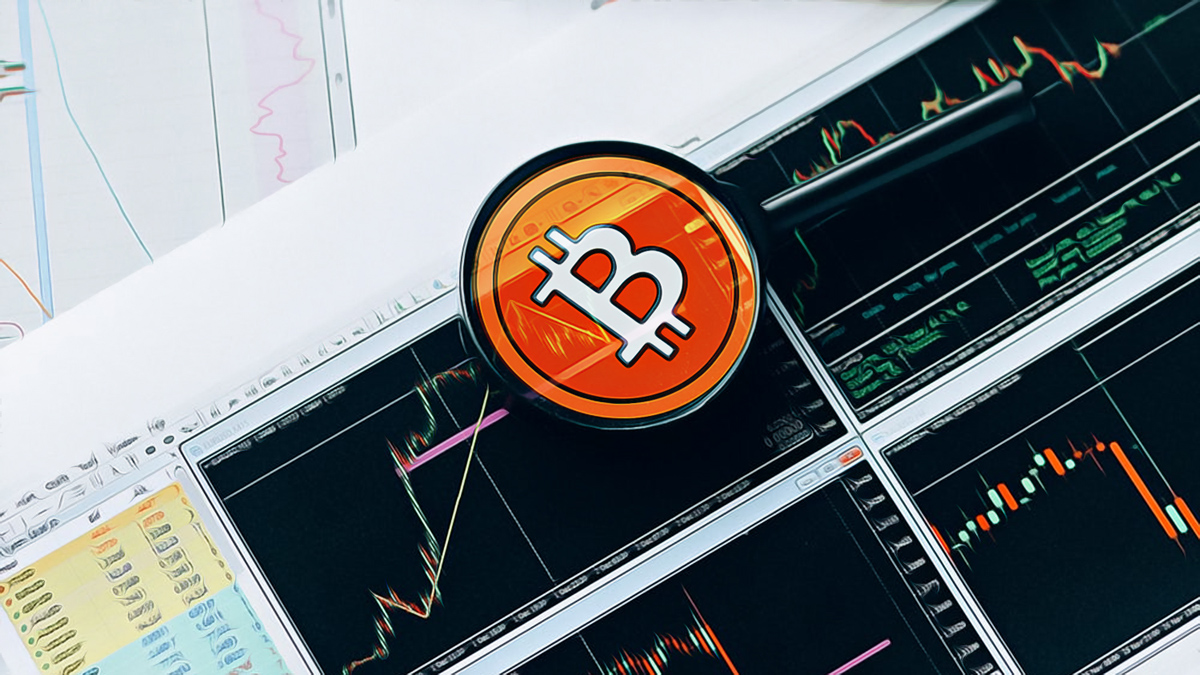As a herald of potential growth in cryptocurrencies, the Bitcoin halving has just occurred. This event, which happens every four years and has occurred three times before, has now turned all eyes towards the Bitcoin price. So, what exactly is happening in the market, especially with Bitcoin?
How Much is Bitcoin Now?
We are witnessing another historic moment in the world of cryptocurrency. Not only crypto enthusiasts but also the entire world has eagerly awaited this event.
The halving, occurring at block 840,000, was an eagerly anticipated development throughout the crypto world. The price experienced a slight drop just before the halving, plunging from $64,000 to $63,000 within minutes.
Following the halving, the price quickly adjusted to $63,900 and received a noticeable market reaction. Bitcoin’s 24-hour trading volume has also seen a nearly 40% increase, reaching $50 billion as of this writing.

There is already speculation whether this fourth halving in four years will trigger a new bull market. Looking at past halving events, BTC has historically reached all-time highs (ATH) in the year following the event. Whether BTC will continue this tradition after its early ATH in March is a subject of curiosity.
What is Bitcoin Halving?
Years ago, Satoshi Nakamoto introduced the concept of 21 million Bitcoins and the phenomenon of cryptocurrency, which has captivated the world over the years. Nakamoto implemented a mining system in Bitcoin, designed to combat inflation by halving the rewards every four years.
Halving is a system that cuts miners’ earnings by half every four years, making it harder to find new Bitcoins. Initially, Bitcoin offered a reward of 50 BTC per block. This reward was reduced to 25 after the first halving.
Subsequently, the reward was reduced to 12.5 in 2016 and then to 6.25 in 2020. Following today’s halving, the reward amount has now decreased to 3.125.
How this will impact the market is already a topic of interest. The potential scarcity of BTC due to the reward reduction could trigger significant price movements for the remainder of 2024 and into 2025, a topic frequently discussed among investors.

 Türkçe
Türkçe Español
Español









